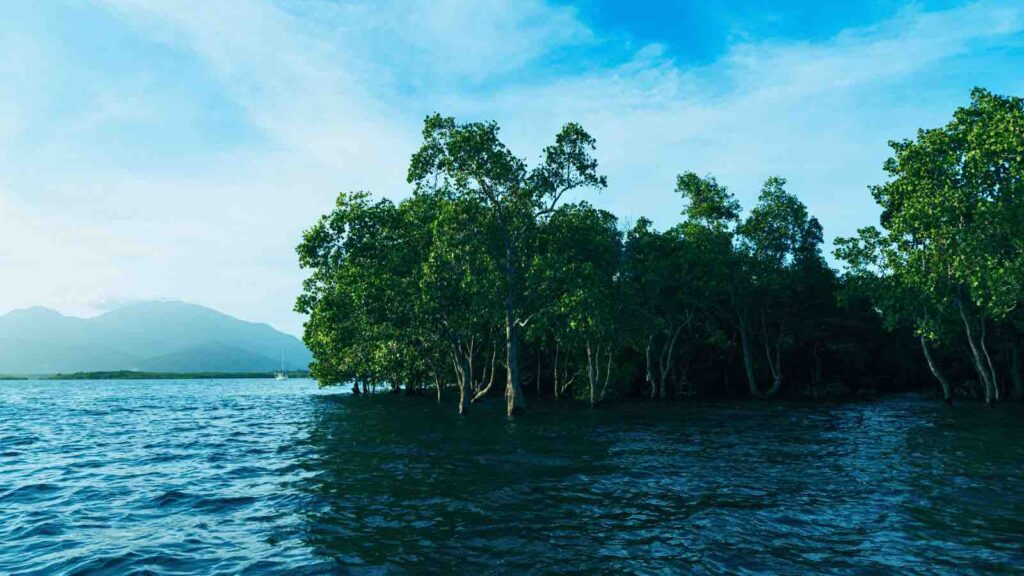As global climate threats escalate, Sabah intensifies efforts to restore and protect its coastal green shield. Mangrove forests not only pull carbon from the atmosphere but also lock it beneath the ground, offering a powerful buffer against global warming.
KOTA KINABALU — In a renewed commitment to climate resilience and ecological preservation, Sabah is ramping up its efforts to safeguard its mangrove forests, an often-overlooked ecosystem that punches far above its weight in mitigating climate change.
Datuk Frederick Kugan, Chief Conservator of Forests in Sabah, emphasized the unique role of mangroves in carbon sequestration, noting that these forests can store carbon in the soil up to four times more efficiently than other forest types. “Mangrove forests not only pull carbon from the atmosphere but also lock it beneath the ground, offering a powerful buffer against global warming,” said Kugan.
RELEVANT SUSTAINABLE GOALS
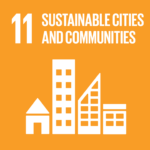
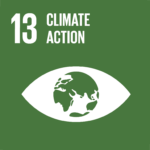
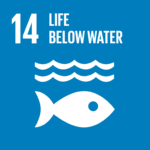
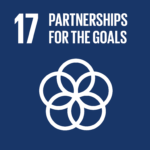
More Than Carbon: Nurseries of Marine Life
Beyond their climate benefits, mangrove ecosystems serve as vital breeding grounds and nurseries for a wide array of marine species. These forests create essential habitats that support biodiversity and contribute to the health of coastal fisheries. According to Kugan, the Sabah Forestry Department has long recognized the ecological significance of mangroves and remains steadfast in its efforts to conserve and restore them.
Central to this commitment is the Sabah Mangrove Action Plan, launched last year as part of the Sabah Maju Jaya development plan and aligned with the Sabah Forest Policy 2018. The plan provides a comprehensive roadmap for conservation, protection, and restoration, reinforcing the state’s strategic vision for sustainable development.
Replanting the Future: A Hands-On Approach
Efforts to rehabilitate degraded mangrove areas are gaining momentum. On March 27, a mangrove planting activity was carried out on the mudflats next to Pulau ISME, adjacent to the Weston Forest Reserve in Beaufort. The event was organized by the Sabah Forestry Department (SFD) in collaboration with the Natural Resources Office of Sabah and theEfforts to rehabilitate degraded mangrove areas are gaining momentum. On March 27, a mangrove planting activity was carried out on the mudflats next to Pulau ISME, adjacent to the Weston Forest Reserve in Beaufort. The event was organized by the Sabah Forestry Department (SFD) in collaboration with the Natural Resources Office of Sabah and the International Society for Mangrove Ecosystems (ISME).
More than 150 Perepat (Sonneratia caseolaris) seedlings were planted during the event, which was financially supported by Tokio Marine & Nichido Fire Insurance Co. Ltd. The symbolic act served as a practical step forward in reversing mangrove degradation, while also promoting environmental stewardship among youth.
Cultivating Awareness Through International Collaboration
Highlighting the global nature of mangrove advocacy, ten students and two teachers from Tokyo Metropolitan Kunitachi Senior High School participated in the planting activity as part of an educational tour led by Emeritus Professor Shigeyuki Baba, Executive Director of ISME.
“This is part of ISME’s initiative to educate the younger generation about the critical role mangroves play in environmental health,” said Baba. ISME, headquartered in Okinawa, Japan, is a global non-profit dedicated to sustainable mangrove management and restoration, particularly in vulnerable coastal regions.
Sabah and ISME have collaborated since 2010, and are now in the fourth phase (2024–2029) of a long-term partnership focused on mangrove restoration and research. Leading these efforts on the ground is Dr. Joseph Tangah, along with the mangrove team based at the Forest Research Centre in Sepilok, Sandakan.
Kugan reiterated that successful mangrove rehabilitation demands more than just planting—it requires thoughtful site selection and a deep understanding of autecology, the ecological study of individual species. “Mangrove restoration is not a one-time initiative. It requires consistent, informed effort and a deep respect for the natural dynamics of the ecosystem,” he said.
As Sabah continues to combat the climate crisis, mangroves stand as both a shield and a symbol—guardians of coastlines, biodiversity, and carbon sinks. Their preservation represents not only a local commitment but a contribution to the global fight for climate stability.
You may also be interested in :
Mangrove Conservation Summit in Abu Dhabi Charts Bold Path For Global Restoration


